Propellant Piston Pressurization
Liquid bipropellant engines, unlike solid and hybrid motors, require both fuel and oxidizer to be pressurized above combustion pressure so that they can be forced into the chamber. In most engines, an inert gas like helium or nitrogen is used to pressurize the propellants. Nitrous oxide, however, is unique among oxidizers because it has a vapor pressure that makes it usefully self-pressurizing at room temperature. Although temperature/pressure control may be implemented, it is unnecessary unlike a cryogenic oxidizer.
Self-pressurization means nitrous oxide can be filled into a run tank, then force itself into the combustion chamber. This massively reduces the complexity of the system and enables amateur hybrids as they exist today. The way this works physically is that as the liquid is depleted from the tank, some will boil off into gas so that pressure remains steady. In the process, some internal energy of the fluid is used up and the temperature drops, so that pressure will decay over time. This is also known as VaPak pressurization.
Although there are potential fuels that exhibit similar autogenous pressurization (namely ethylene), they are not as readily available as nitrous oxide, due to the latter’s common usage in automotive racing, and have other tradeoffs compared to traditional fuels. Fortunately, any fuel can be given the same properties as nitrous oxide by directly applying the vapor pressure through a sealed piston.
One side of the piston is exposed to nitrous oxide liquid or vapor from the oxidizer tank, while the other side presses on the liquid fuel. Some pressure is lost to sliding friction from the O-rings that seal the piston, but this is believed to be negligible compared to the high vapor pressure. O-rings are necessary on the piston to prevent the fuel and oxidizer from combining prematurely and forming a highly explosive mixture.
The concept is quite simple and enables all of Half Cat Rocketry’s engines. Along with pyrotechnic valves, this technique allows the engine to operate like any other commercial rocket motor available by operating under its own physics without electronic control until the propellants have been depleted. This style of pressurization in amateur rocket motors was pioneered by Dave Griffith and the RATTworks tribrid.
The piston size and shape will vary depending on the design of the engine. In Half Cat, it is relatively small because the fuel tank is contained concentrically within the oxidizer tank. In 2Cat/3, it is much larger because the fuel tank is separate from the oxidizer.
Before burn: Liquid N2O fills the oxidizer tank and gaseous N2O presses on the piston.
After burn: Gaseous N2O remains in both tanks (including the volume previously occupied by fuel), but never came into contact with fuel because of O-rings seals.






